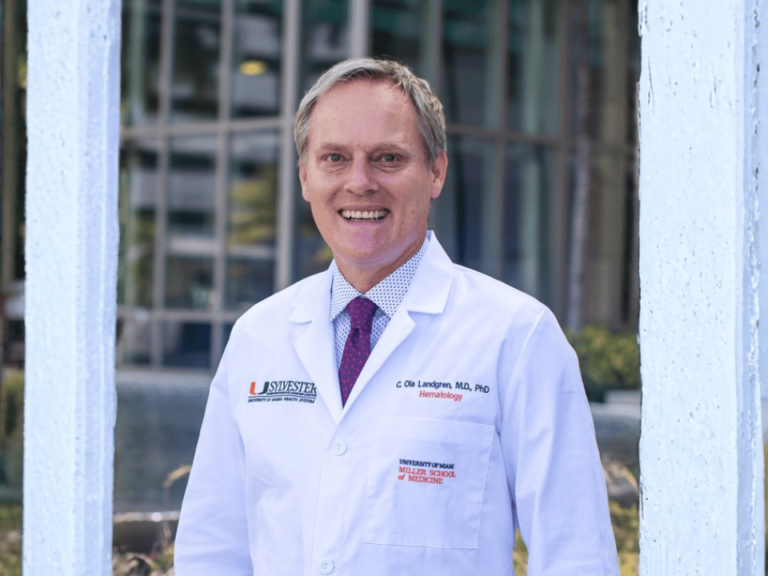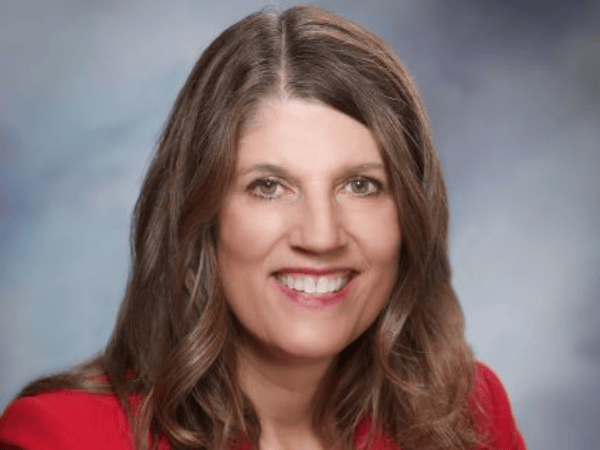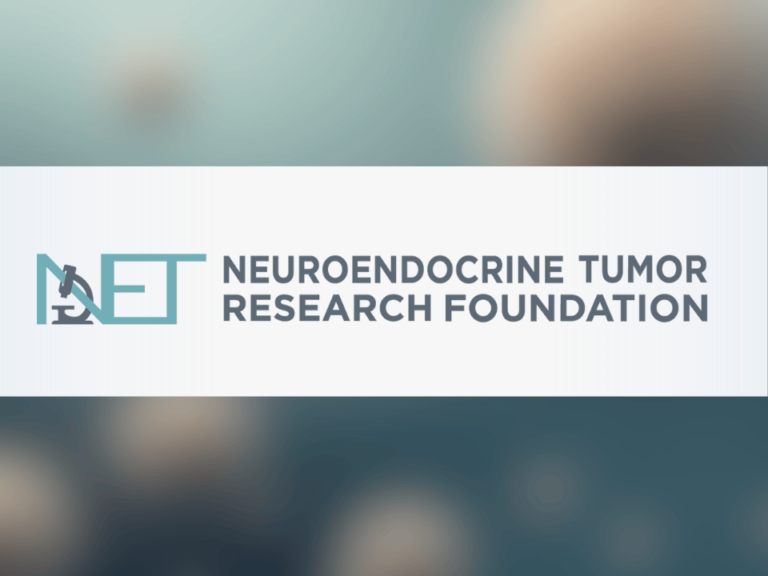In July, the Cancer History Project will be highlighting the founding—and founders—of oncology’s institutions. Duke Cancer Institute became an NCI-designated cancer center in 1973, two years after the signing of the National Cancer Act of 1971.


- Duke Celebrates 50 Years of Cancer Care — and Looks Toward the Next 50
By Duke Cancer Institute | July 7, 2022
When Joseph O. Moore, MD, came to Duke as a fellow in 1975, he and his mentors treated chronic myeloid leukemia (CML) with a chemotherapy regimen that was like a “wet blanket.” It suppressed the cancer for a few years. “But it didn’t change the trajectory of the disease,” Moore said. Patients developed acute leukemia, which was almost always fatal.
By the early 1990s, younger patients could achieve a cure with a bone marrow transplant, though complications were common. By 1999, Moore was the Duke investigator for a national study of a targeted drug, imatinib, which stops leukemia cells from growing by shutting down a key protein. When imatinib was approved by the Food and Drug Administration (FDA) in 2001, it transformed CML into a disease easily treated by taking a pill.
When Moore retired from clinical practice in 2019, he was involved in a study following people with CML who had been taking imatinib long term, which showed they could safely stop therapy.
The CML example provides a snapshot of just how far cancer treatment has come in the last 50 years. For many patients, “There’s an expectation of success and people living normal lives,” said Moore, professor emeritus of medicine.
Much of that progress can be traced to research funded by the “war on cancer,” which launched in 1971 when congress passed the National Cancer Act. The act gave the National Cancer Institute (NCI) the authority and funds to create a national cancer program. The backbone is a network of comprehensive cancer centers that provide patient care and conduct rigorous research to find new and better ways to prevent, diagnose, and treat cancer.
Duke was one of the original eight such centers, designated in 1973 because of the strong research and clinical care programs it had already put into place, including one of the first brain tumor programs in the United States, said Steven Patierno, PhD, deputy director of today’s Duke Cancer Institute (DCI), and professor of medicine.


- Then, Now, Next: History of Cancer Care at Duke / Published Spring 2012 in DukeMed Magazine
By Duke Cancer Institute | July 6, 2022
When Evelyn Morgan was hired as Duke’s first oncology clinical nurse specialist in 1967, she embraced her role. “I was drawn to the field because it seemed romantic and challenging. We were going to cure people!” she says. “But often what we gave patients could prove to be no good.”
In those early days, when patients often died from the side effects of new treatments rather than the cancer itself, researchers and doctors all over the country were desperate for a better way. Just a few years after Morgan started work on the wards, in the early 1970s, the government would declare “war” on the cancer menace and create the nation’s first eight comprehensive cancer centers—one of which was at Duke. In the decades that followed, Duke scientists and clinicians contributed, discovery by discovery, to a growing arsenal of tactics to prevent and treat the once-unstoppable disease—offering new hope to patients in North Carolina and all over the world.
Yet while many have benefited from those advances, the dream of curing people too often remains elusive. With a vision for accelerating progress, Victor Dzau, MD, chancellor for health affairs at Duke, led the conceptualization and creation of the Duke Cancer Institute, which was ultimately launched in 2010.
The Duke Cancer Institute represents a total restructuring of clinical care and research designed to generate innovative ideas and speed the translation of scientific discoveries into advances in care. This new approach to cancer care and research was catapulted forward in February 2012 with the opening of the new Duke Cancer Center, where those treatment advances will be delivered to patients in a far more focused and patient-friendly manner than ever before.
Duke survivor spotlight: Gayle Serls, Sabrina Lewandowski


- Extraordinary: Gayle Serls, Duke’s First Adult Cord-Blood Transplant Patient
By Duke Cancer Institute | July 7, 2022
This patient story was published in 2012 in DukeMed Magazine.
Gayle Serls of Durham says her life is ordinary—and that’s just fine with her. For a time, it was about as far from ordinary as a life can get.
In 1995, at 45 years old, Serls was diagnosed with a rare form of acute lymphocytic leukemia, which could not be treated with conventional chemotherapy. Her best hope was an autologous bone marrow transplant, for which she was referred to Johns Hopkins. The night before she was to leave, though, she learned that her cancer had returned, and the procedure could not be performed.
“Now I had no hope,” she says.
But a new option was taking shape at Duke. Joanne Kurtzberg, MD, had pioneered the use of cord blood transplants to treat children with cancer in 1993—and in 1996, Serls became the first adult to receive the groundbreaking procedure at Duke. Today, Serls is one of the longest-surviving adult cord blood transplant patients in the world, and helps make the lifesaving procedure possible for others through her job at the Carolinas Cord Blood Bank at Duke.
Duke physician-scientists continue to pioneer advances in the field, through both the pediatric program and an adult program founded by Nelson Chao, MD, in 1996.


- First Comes Love: Sabrina Lewandowski, Duke Brain Tumor Patient
By Duke Cancer Institute | July 7, 2022
One morning in 2002, Sabrina Lewandowski awoke with a headache that wouldn’t let up. The then 30-year-old teacher eventually was diagnosed with glioblastoma multiforme, the deadliest form of brain cancer.
Duke’s Peter Bronec, MD, performed surgery, and Lewandowski was referred to neuro-oncologist Henry Friedman, MD, deputy director of the Preston Robert Tisch Brain Tumor Center at Duke, where she was immediately started on chemotherapy and radiation.
In the meantime, her boyfriend, Gregory, proposed—he had purchased a ring while she was in surgery. “Later I begged him not to marry me,” she says, “because I couldn’t even promise him a year.”
But the team at Duke had a plan. “Dr. Friedman told me the plan, and he said that if it didn’t work, we had another plan,” she says. She battled neutropenia and lost her hair. But the cancer never returned.
“Rather than settle for the standard of care, we used a rotation of chemotherapeutic agents following surgery and radiotherapy,” says Friedman. “We believe she did well because we used multiple agents, which is not the norm in this fi eld, but she also may have had a tumor with a unique predisposition to respond to therapy. I choose to believe that our foundation of hope—which embraces more than the standard of care— made the difference.”
Ten years on, Lewandowski remains cancer-free. In February 2012 she became the first patient seen in the Preston Robert Tisch Brain Tumor Center’s new Duke Cancer Center clinic—and a first-time mom, welcoming daughter Layla on February 9.
This column features the latest posts to the Cancer History Project by our growing list of contributors.
The Cancer History Project is a free, web-based, collaborative resource intended to mark the 50th anniversary of the National Cancer Act and designed to continue in perpetuity. The objective is to assemble a robust collection of historical documents and make them freely available.
Access to the Cancer History Project is open to the public at CancerHistoryProject.com. You can also follow us on Twitter at @CancerHistProj, or follow our podcast.
Is your institution a contributor to the Cancer History Project? Eligible institutions include cancer centers, advocacy groups, professional societies, pharmaceutical companies, and key organizations in oncology.
To apply to become a contributor, please contact admin@cancerhistoryproject.com.











